According to the booklet accompanying his album Cataclasm, the first time Crywolf, real name Justin Philips, built up the confidence to sing in front of someone (his youth pastor at 15), he was told that he both looked and sounded like a rooster. Though that was obviously an unpleasant experience, Crywolf's music would come to revolve around the sort of fear and vulnerability he felt that first time he tried to share his art. Starting as a fairly standard dubstep artist, Crywolf has significantly evolved his sound over the years, creating an extremely unique style, mixing electronica with indie. Personally, I discovered Crywolf around his first release, but it wasnt until 2015 that I really started paying attention to his career and evoltion. In the four years since, he has consistently blown me away with both his skillful production and emotional lyricism, and at this point I would consider Crywolf my absolute favorite musical artist. Philips has, since coming into the public eye, focused heavily on remaining as genuinely open and sincere as possible, often speaking in detail about his personal life and the significance and processes behind his music. He has embarked on a career of self-discovery and growth, drastically changing and refining his sound with each release and always writing incredibly personal music. Because of this, and his never-compromising commitment to growth and exploration as a musician, Crywolf's catalogue paints an emotional, detailed story of his journey through art.
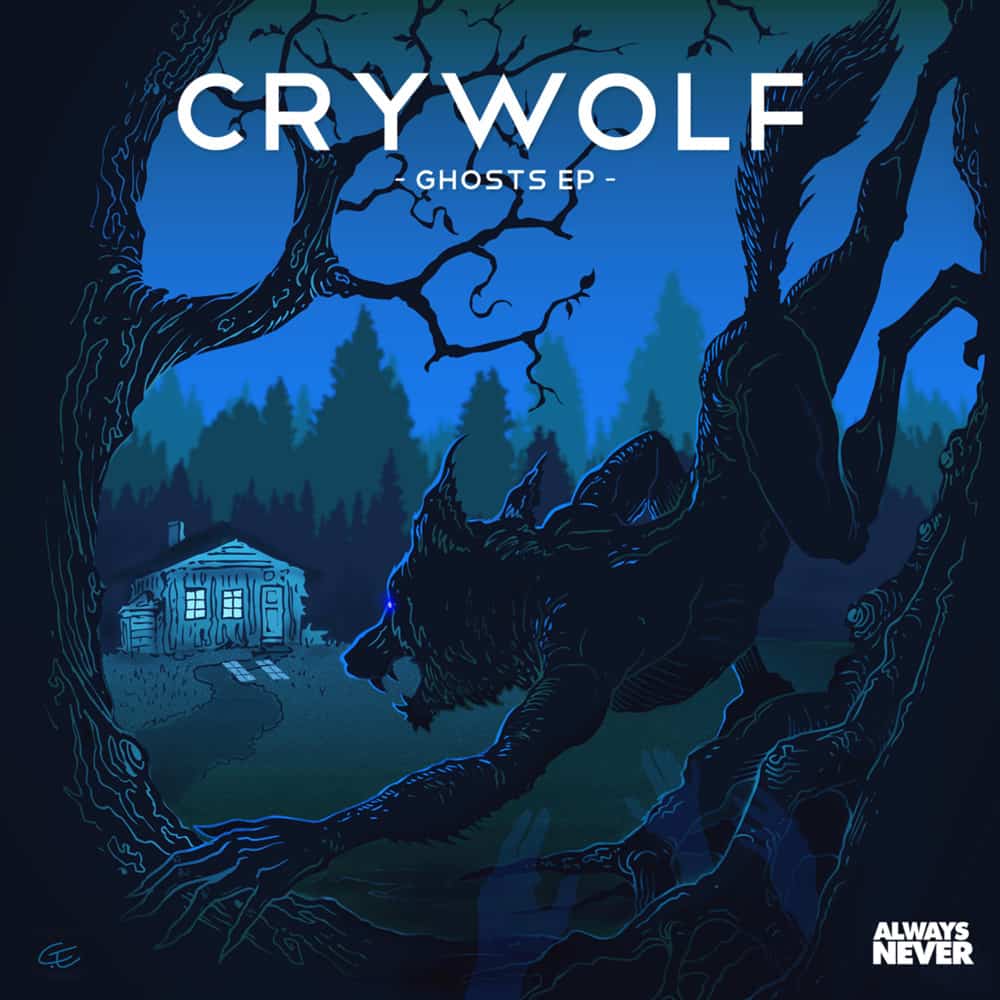
The Moon is Falling Down
-GhostsCrywolf began producing dubstep as a hobby, working without advanced equipment. He quickly found unexpected success; his first EP Ghosts was released to impressive acclaim only a year and a half after he had begun producing music, and he soon found himself a professional. Crywolf's first release is fairly standard dubstep, with an emphasis on the melodic elements. The first track on the EP, The Moon is Falling Down is an excellent snap shot of his early sound. The beats and bass are classic dubstep here, and could easily have belonged to one of any number of other artists. Note that although this song isn’t exactly breaking new ground, it is very well executed, with a few unique twists that would prove to be some of Crywolf’s signature elements going forward. Unusually for dubstep, Crywolf uses vocals and instrumental lines to weave melody into every section of the song. The vocal chops, where Crywolf edits and rearranges recorded vocals into new, glitchy melodies, are extremely well done and would prove to be a staple of his music going forward. While the song features Charity Lane on vocals, the lyrics fit perfectly with Phillips’ early writing style.
You, you're falling all around meHere, Crywolf shows his affinity for imagery, painting a vague, metaphorical image of the relationship and events between the singer and the subject. Throughout his catalogue, he often directs his vocals to a specific listener, addressing the subject of the song as “you”. Unfortunately, he has never really spoken much about the specific meanings behind this album, so any details are open to interpretation.
And the thunder and the lightning consume
You, you're falling all around me
Painting pictures, bleeding colors in the room
Swimming in the Flood
-GhostsHere, Crywolf takes a less strict approach in adhering to genre expectations. Placing his own vocals as the centerpiece, Swimming in the Flood is the first sign that Crywolf doesn’t intend to simply follow trends. Though he got his start imitating other dubstep artists, he diverges from their usual approaches here. The song places relatively little emphasis on bass, has no drop, and uses EDM (electronic dance music) tropes and influences to support the vocals, rather than as the focus of the track. Sonically, the song still uses the same dubstep palette as the rest of the album; the drums still fit the genre, and the vocal editing and effects absolutely are still EDM-inspired. In a public interview on Reddit, Crywolf addressed the ways in which he produced the album with genre and audience in mind, saying
“It wasn't that the entirety of the songs were just trying to fit in, it was that certain aspects were clearly me trying to make my stuff more "palatable" to an EDM crowd. I would make songs that were heavier than I wanted them to be, or that had more rigid structures than I wanted them to have. I still loved the songs and a lot of the substance, but there were certain aspects that I realized I was still making sacrifices in.”As he moved on from Ghosts, Crywolf would slowly shed the pretense of catering to EDM fans, instead focusing on writing the music he genuinely wanted to. In that way, Ghosts exists largely as a starting point; an album created before Philips had discovered what kind of music he wanted to make and what themes he most wanted to explore.
Crywolf's Reddit AMA
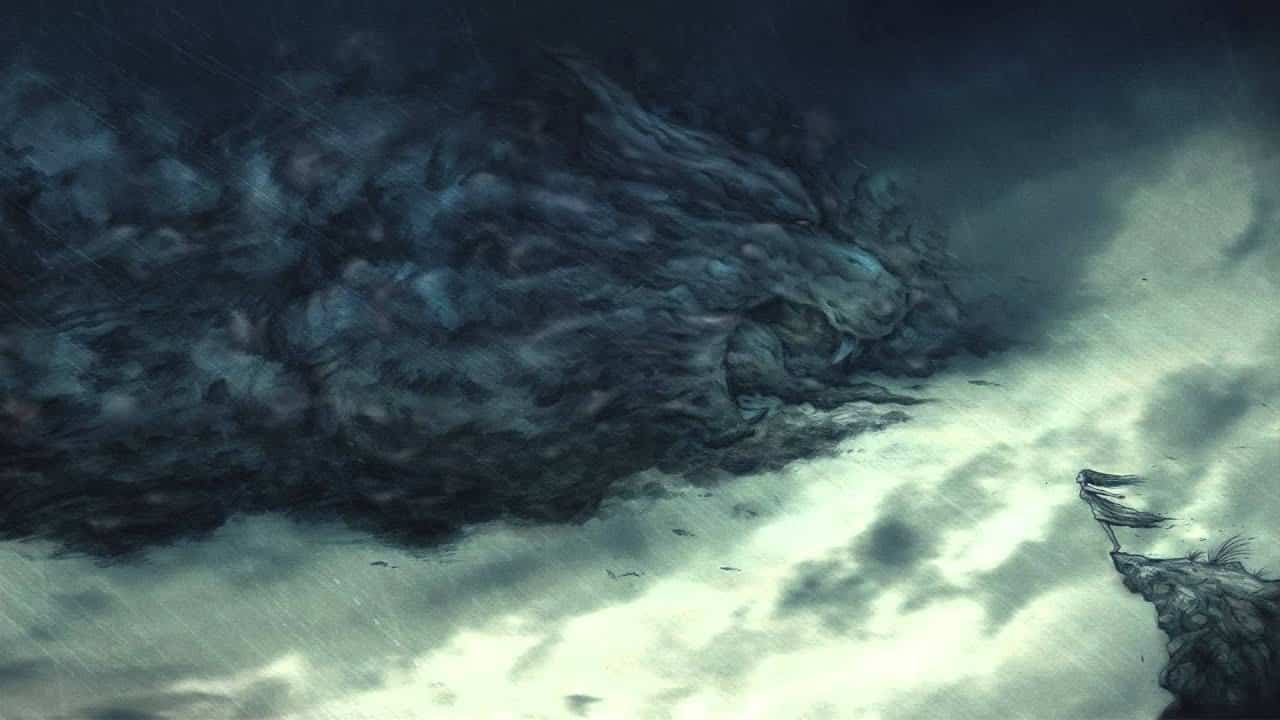
Angels
-AngelsAngels, released only a year after Ghosts, marks Crywolf's first step away from writing EDM geared towards wide popularity. In his words,
“The thing that was really cool about Angels doing so well was that ‘Angels' was sort of me throwing up my arms… I was so uninspired trying to create things that other people would like, and I just decided to stop thinking about what other people liked. I decided to make what I would want to hear in an electronic album.”As a whole, Angels has a very positive, uplifting sound. Doing away with the heavy bass from Ghosts completely, Crywolf emphasizes melody even more here. This suits his style much better; the bass in Ghosts feels excessive compared to the more toned-down version present in Angels. However, this album is still EDM, and is still best classified as dubstep. The title track, "Angels", is an undeniable standout, featuring excellent production, more refined vocal chops, and emotional, evocative lyrics. The percussion is a little less standard here; though the beat is still in halftime, the snare is a lot quieter and more subtle than usual for dubstep. The lyrics feel much more personal and emotional here, focusing on the relationship between the singer and the subject. The verse of the song feels especially powerful, describing the fear of falling in love, followed by some of the vivid imagery and metaphor that characterizes his lyrics.
Interview with EDMSauce
Once I was afraid that I'd find you
Your patient trembling eyes would unwind me
And all I've become Once I was afraid I'd fall in love with you
For the first time
Let's go set fire to all these houses
The smoke will billow up with our laughter
The flames will lick your skin
nd I'll fall in love with you
For the first time
As a whole, the album deals with themes of love and relationships, pairing the uplifting composition with emotional writing. These lyrics exemplify how, starting with his earlier work, Crywolf generally displays a willingness to share the emotional themes and ideas behind his lyrics, without detailing the meanings of specific lines or phrases. I discovered this release in 2015, right around the time I had started my current relationship, and me and my partner spent many hours listening to this EP together. Every time I listen to this album, I end up with a huge smile on my face, completely immersed in all the memories and emotions from the beginning of our time together. It’s difficult fully express how emotionally charged this album is for me, I honestly don’t think I’ve ever had such a personal tie to an album like I do with this one. The gorgeous atmosphere, catchy melodies, and beautiful writing made this release something really special for me, and I still can’t get enough of it.
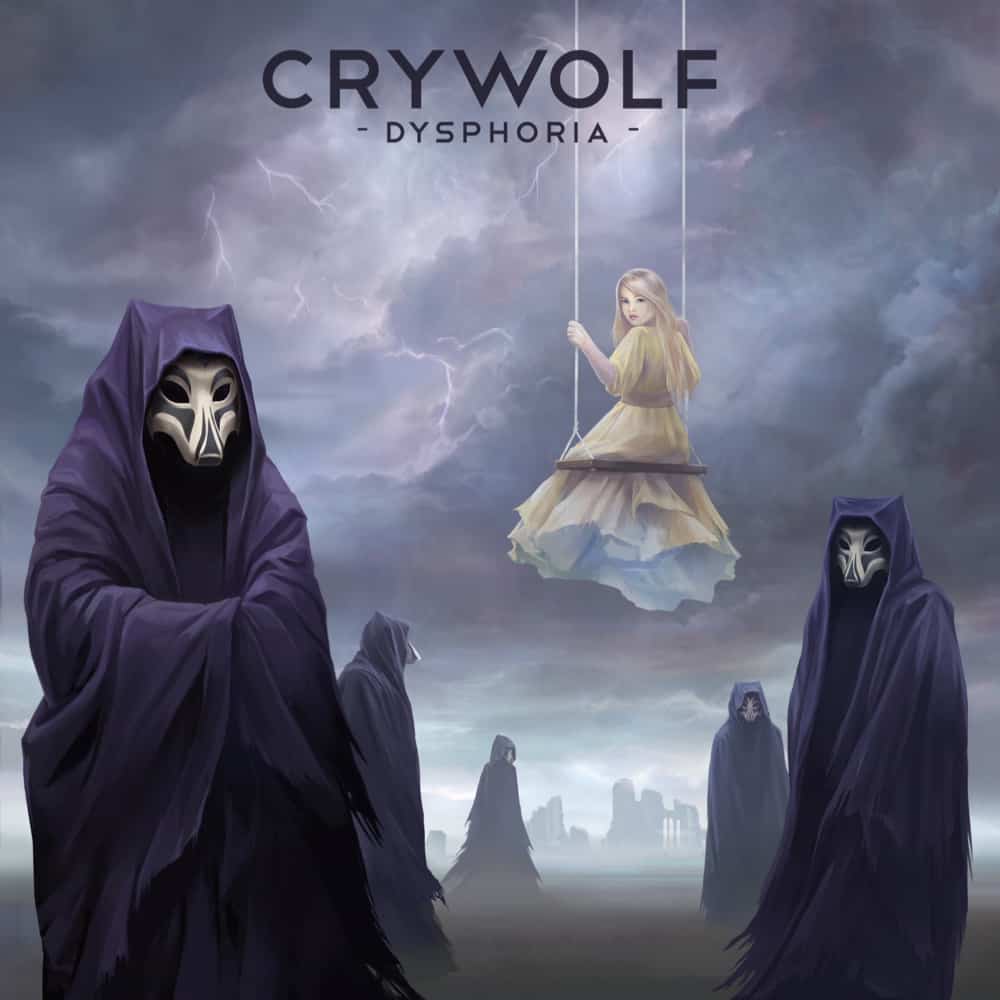
We Never Asked for This
-DysphoriaCrywolf’s next EP, titled Dysphoria, marks a sharp pivot away from the atmosphere he created on Angels, as well as an evolution of the EDM techniques he had developed over his first two EP’s. Here, the sweeping and uplifting melodies are replaced with darker, slightly unsettling sounds, including distorted vocal samples and glitchy effects. The first track, “We Never Asked for This,” opens with a sinister synthetic voice, setting the unnerving atmosphere continued throughout the album. Crywolf then comes in with his own ethereal falsetto vocals, marking the beginning of his journey playing with and developing this vocal technique. The song continues to build, climaxing with distorted guitars, and Phillips’ wailing falsetto nearly breaking into a scream. In Dysphoria, Crywolf discovers and explores many of the distinctive styles and techniques that characterize his later work, namely using dark elements, intricately composed melodies, and genre-bending composition in order to create his own unique and emotive niche within the electronica scene.
Lots of people talk about euphoria, but very few talk about its opposite, dysphoria. Dysphoria is defined as a ‘profound state of unease or perceived isolation.’ The ancient Greeks believed that states of dysphoria were induced by the presence of mysterious deities, foreign powers with unknown motives. If a foreign deity was in close proximity, you would start to feel their strange world seeping into your own, bleeding in.”
The album booklet to Disphoria

Akureyri
-CataclasmOn his debut album, Cataclasm, Crywolf fully solidifies exactly what his own style of music consists of. Written entirely on a month and a half trip to Iceland, spent in almost total seclusion, Phillips turned inward, took the musical elements that distinguished his style and further expanded and developed them. Rather than imitate the work and sound of others, he used the isolation and focus from his local to grow significantly as an artist. Gone are the dubstep-styled beats, replaced by a plethora of custom recorded percussion, from a huge variety of sources, including unorthodox choices such as kitchen pans or hitting his ceiling with drum sticks. However, there are still a number roots and vestiges from his earlier works. The clear EDM influence is still present, if subtle; the production techniques and ways sounds are processed clearly show his experience with dubstep. Interestingly, Crywolf references "Swimming in the Flood" on this track, sampling the vocal line at around 1:50, immediately before a transition that functions a lot like a drop. The blend of electronic production, acoustic sampling and sounds, and emotive vocals present in “Akureyri” would form the basis for the style Crywolf uses in his following releases.
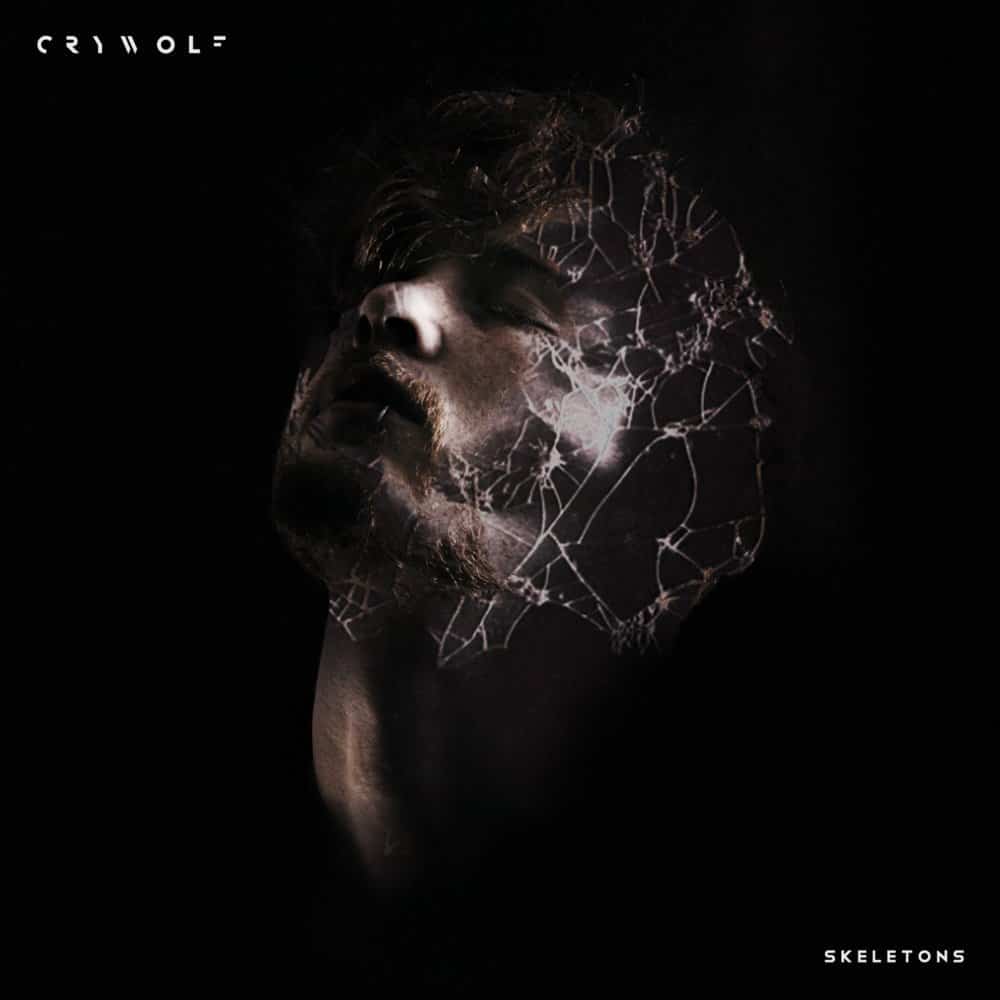
Fuse (liminal)
-SkeletonsMusically, Skeletons outshines anything Crywolf had previously released. While Cataclasm had shown that Crywolf had a developed a completely unique approach to electronic music, it could also feel disjointed at times. Skeletons fixes every flaw Cataclasm could be said to have, better mixing the acoustic approach Phillips had developed in Iceland with his earlier experience with electronica. Here, Crywolf began pouring as much of his emotional distress and life into his music as he could. In a number of interviews, Crywolf had discussed the discomfort he feels releasing his deeply personal art to the public, but despite this, he’s consistently spent more effort on writing emotive music than most electronica musicians. While this discrepancy may seem strange, he seems to view that fear as an essential part of producing meaningful art; if there’s no discomfort sharing the content of an album, then there can’t be anything so deeply personal there. In reference to skeletons, Crywolf said
This is my sackcloth and ashes. This is my 7 stages all wrapped up into one. I didn’t want to put most of these songs out. They all feel excruciatingly vulnerable. However, I decided I’d rather end my life pinned down, splayed out on a dissecting table than be stored away in formaldehyde, buried with my secrets."Fuse (liminal)" exemplifies this the best out of any song on the album. Crywolf’s falsetto is much improved here, though not everyone will enjoy it. Almost screaming at parts, he signs with so much more nuance and emotion in comparison to his falsetto on Cataclasm. The song also features the most emotional moment on the album, in my opinion. After an intense section, the song falls into a lull around 2:00 in. Here, Crywolf references "Angels" lyrically, singing
From Crywolf's Facebook Post on the Release of Skeletons
Once I was afraid that I'd find youHere, instead of describing the pain of falling in love, he describes the pain of losing a loved one. In the time since Angels, Crywolf had struggled with a romantic relationship as well as with his own mental health, and that pain comes through vividly here. The melody and chord progression are exactly the same as on the track “Angels” here, but by adding an eerie effect where the vocal line is reversed, the section feels unsettling and dark. As I mentioned earlier, Angels is really emotionally important to me, so this subversion hits me extremely hard. The way Crywolf flips these lyrics is heart wrenching. It brings up incredibly dark images of losing a monumental figure in my life, someone who I cherish, and I honestly can't handle it sometimes, as much of an overreaction as that might seem. I think this song is brilliant, twisting what were such emotional and straight forward love lyrics into a tragic refrain makes the lines hit so much harder for me than if they completely original. This is my least played track on the album, I find myself skipping past it simply because listening to it is too uncomfortable and raw for me to just sit back and enjoy. However, I really think it’s an exceptional song, and would rate it as among Crywolf’s best.
Cold and lying still in my bedroom
Once I was afraid I'd cry until I broke
For the first time
For the first time
For the first time
I'll go set fire to all we started
Fall down to my knees as smoke rises
Right next to the place where I fell in love with you
For the first time
or the first time
Windswept
-SkeletonsWindswept is, in my opinion, the absolute best example of Crywolf's ability to blend influences and genres, as well as his skill at composition and arrangement. The song opens with an a cappella intro, featuring multiple takes of Phillips' vocals dubbed over each other, forming a beautifully textured choir. The song then transitions into a quiet, almost folk-like section, using only vocals and guitar, before slowly building into a strange, unique blend of acoustic guitar, electronic effects and production. The track features a staggering number of distinct sections; at no point does it feel like a part is being directly repeated, any that do repeat are always changed significantly. Every part of this song feels perfectly placed, it builds energy and releases it, using minimalist sections to draw attention to the vocals and certain lyrics in particular, and huge elaborate climaxes to create a song that feels like it’s going somewhere, telling a story. Musically, this song blows me away, it’s almost absurd how much work seems to have gone into crafting it. There’s enough substance here that you could listen to this one song dozens of times and still notice new quirks and details, while still feeling like a cohesive, meaningful work of art, as opposed to simply a vehicle for musical ideas.
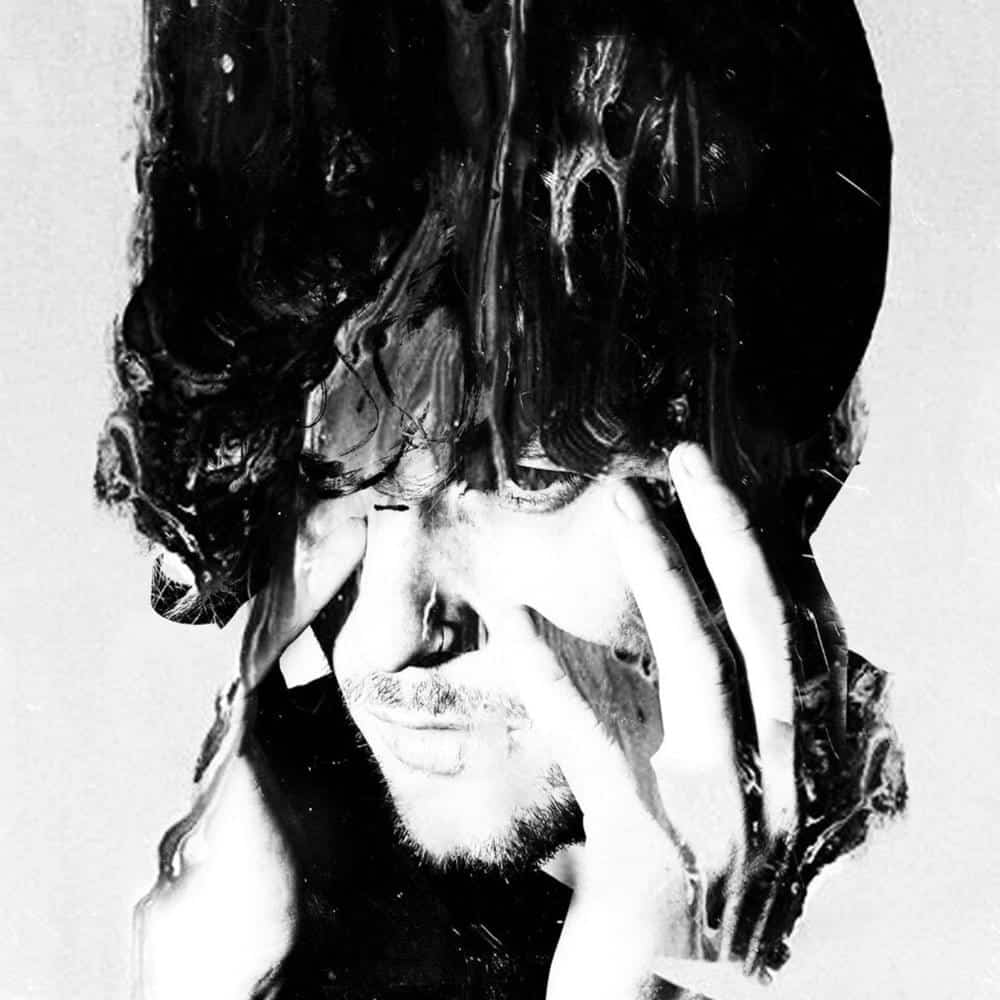
ULTRAVIOLENT Pt. II [she sang to me a language strange]
-widow [OBLIVIØN Pt. 1]Released only a few months ago, widow [OBLIVIØN Pt. 1] is Crywolf’s latest album, and the culmination of his journey as an artist. Here, he takes the darkest approach to his style yet, combining his acoustic-electronic style with heavy editing and production. The album sounds much more synthetic compared to Cataclasm or Skeletons, but certainly does not sound like his early EDM. ULTRAVIOLENT closes out the album, and is pitch black in atmosphere. The vocals are glitchy and distorted, featuring both Crywolf and an unspecified female singer. The song opens with the two singing together, combined with distorting effects, creating the effect of a single, sinister voice. The instrumental itself is intricate and dark. Phillips uses the same acoustic approach to percussion he developed on Cataclasm, but the rest of the instrumental feels very distinct compared to the rest of his catalogue. There’s a more minimalist tendency on display, with a focus on detail and atmosphere through most of the song, rarely using more than a few main sonic elements at once. Despite this, the track is incredibly intricate; it is absolutely full of subtle touches and sounds that give it an insane depth and greatly enhance its atmosphere.
… whatever I’m making is a direct reflection of what I’ve been going through. And a lot of times it’s not even necessarily a conscious effort to do so, I just sort of make whatever comes out. Oftentimes it’s just this process of self-discovery, and that’s how this album was essentially made.Following Crywolf’s work feels uniquely like sharing a journey. As he releases each new album, he seems to share his discoveries with you; what he’s learned about music, what he’s gone through and felt, and his struggles. Seeing his growth as an artist is a fascinating experience, it is exceedingly rare to find an artist who is both so open about so much, and willing to be genuinely vulnerable. Crywolf does not give the impression of someone who can handle the spotlight because of complete self-confidence or ego, but of someone who appreciates the value of sharing their experiences with others, and who is willing to put aside their fear for the sake of connecting with their audience. If you want to see an artist grow and create sincere, exceptionally well-made music, then Crywolf will not disappoint you. With every new release, he always leaves you wondering, what's next?
Crywolf's Interview with EDM.com